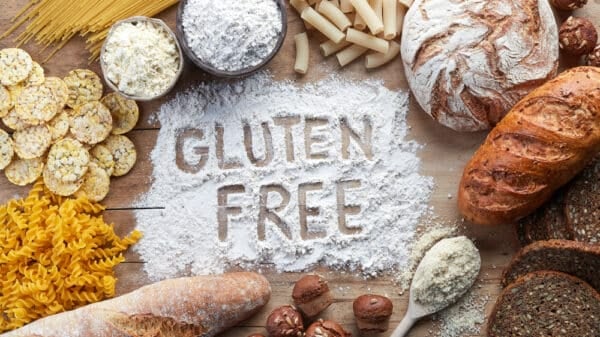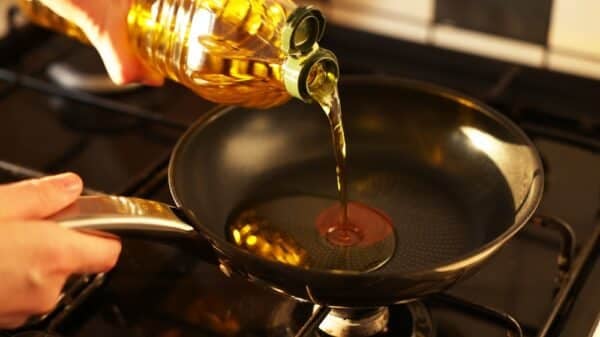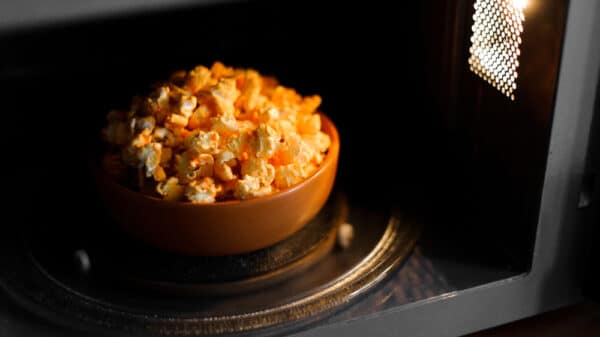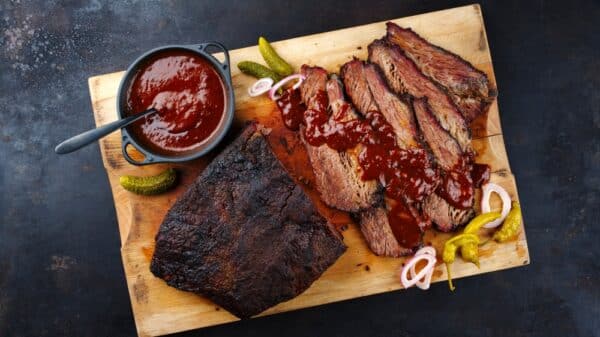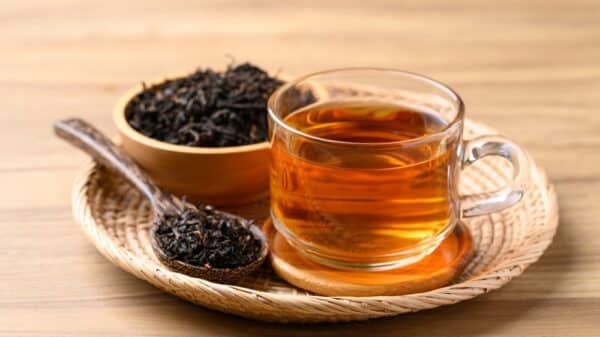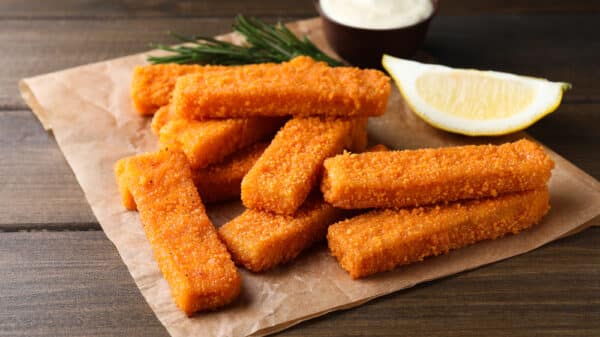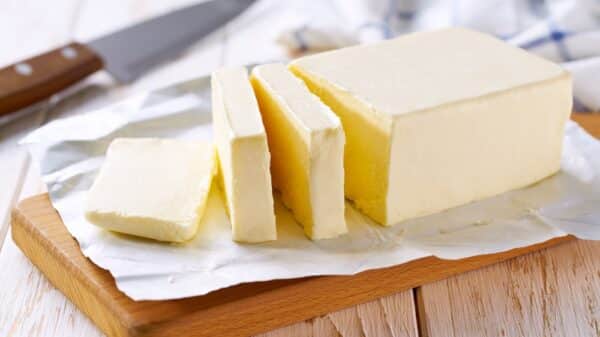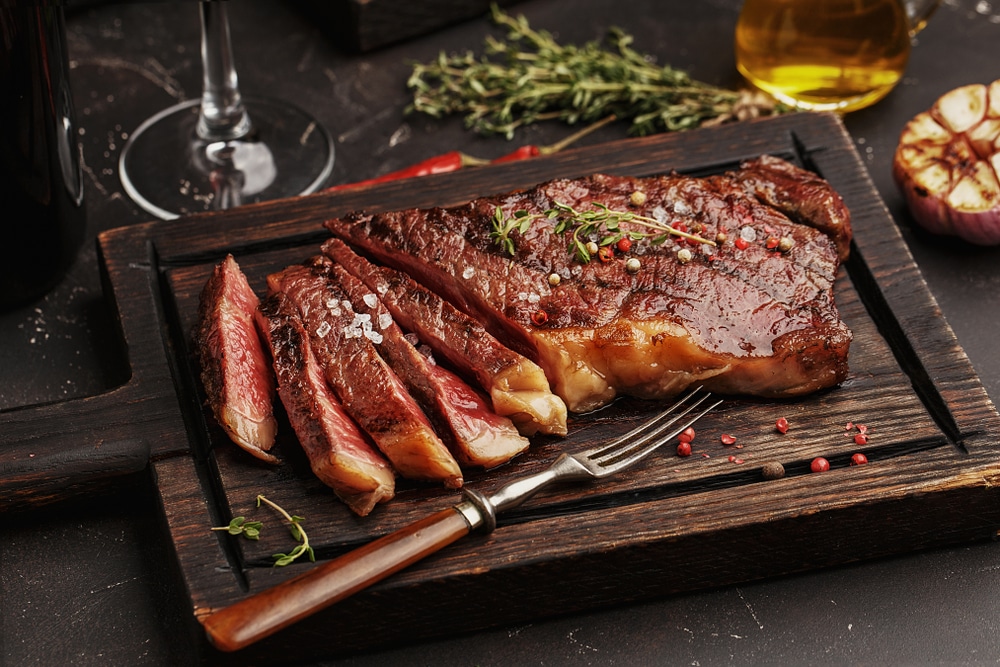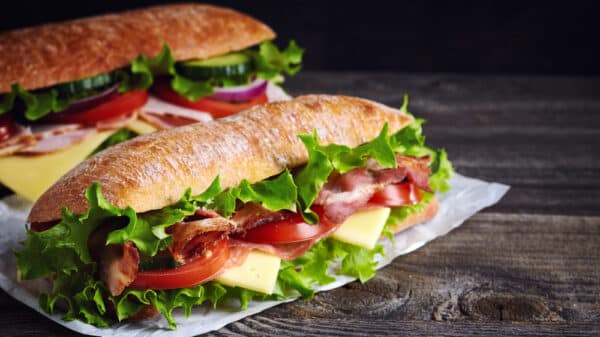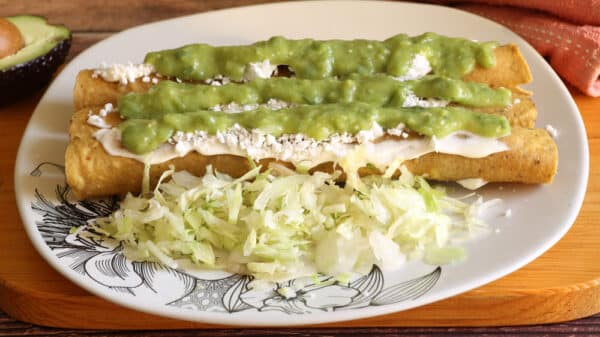When it comes to achieving that coveted crispy, caramelized crust on your steak, both grilling and cast iron cooking have their merits, yet they approach the task quite differently. A well-cooked steak should have a desirable crust for a textural contrast to the tender meat within. With the grill, this crust can be achieved remarkably well, often enhanced by those lovely grill marks that add a delicious hint of smokiness. The intense heat of the flames is perfect for quick searing, which forms that beautiful exterior crust, sealing in the juices beneath. However, an uneven flame can lead to charred spots, which might appeal to some but leave others disappointed if they prefer a more uniform crust.
On the flip side, a cast-iron skillet has a reputation for delivering an unforgettable sear. The secret lies in the pan’s ability to retain heat. When you place that steak on a hot cast-iron surface, it locks in the goodness and caramelizes those superb flavors. It’s like magic! But there’s a catch: you need to be patient. If you move your steak around too soon, you could lose that beautifully seared crust. The key is to let it sit so that the Maillard reaction — what gives meat its rich flavor and color — can work its wonders. For those willing to take a moment to appreciate the process, a perfectly seared steak from a cast iron skillet can be incredibly satisfying.
Imagine biting into that first piece of steak and the contrasting sensations of a crispy crust followed by the juicy tenderness inside. It’s truly a feast for the senses, whether you prefer the char from a grill or the rich sear from cast iron. Different cooking methods can yield a variety of textures and flavors, ultimately giving you the chance to discover what truly suits your palate.
So, which method reigns supreme, the grill or the cast iron? Well, it really boils down to your preferences and the experience you’re after. If you’re someone who enjoys the thrill of outdoor cooking, where that smoky flavor can’t be replicated indoors, then the grill may have your heart. On the other hand, if you appreciate control and consistency, especially when it comes to how your steak turns out, the cast iron pan may become your trusty companion in the kitchen.
Ultimately, whether you prefer grilling or using a cast iron skillet, the joy of perfectly cooked steak is something that we can all share. It’s like a rite of passage for many home cooks, and whether you’re grilling on a summer evening or making a cozy Friday night dinner, what matters is finding that perfect method that meets your taste buds. So grab your favorite cut, fire up your chosen tool, and dive into the delicious world of cooking steak — after all, it’s all about savoring the experience and enjoying the results as you gather around the table with family and friends. Cheers to great steaks!
One of the most talked-about debates in the culinary world is how to achieve that perfect steak. For many, the allure of using a cast-iron skillet lies predominantly with the sumptuous, crispy crust that forms around the meat. This delightful crust is the result of a fascinating chemistry trick called the Maillard reaction, which is essentially what happens when your steak eagerly greets the hot surface of the pan. As the steak sears, sugars in the meat break down and transform, creating that beautifully roasted exterior we all crave.
In the cozy confines of your kitchen, a cast-iron skillet gives you control. Both sides of the steak receive that magical sear, turning a simple cut of meat into an irresistible dish. After just a few moments in that hot pan, whether you’re cooking a boneless or bone-in ribeye, you’ll notice the unmistakable crust forming—a foundational element of a great steak.
On the flip side, when you take your steak to the grill, the situation is a bit different. Sure, grilling gives those great char marks that look fantastic on Instagram, but flavor-wise, there’s a catch. The grill only caramelizes where the meat makes contact with the grates. You end up without that full crust experience, and while the grill imparts a nice smoky flavor, you might find yourself wishing for that satisfying crunch that cast iron delivers.
When it comes to convenience, nothing beats the ease of stepping into your kitchen, with all the ingredients and utensils right at your fingertips. Cooking with a cast-iron skillet means you don’t have to haul tongs, spices, plates, and aluminum foil from your kitchen to the grill, which can be a bit of a chore. I know you’ve been there: running back and forth to get that one ingredient you forgot or the plate for the finished steak. The beauty of using a cast-iron pan is that your tools are just an arm’s reach away. It simplifies managing your steak’s cooking time so you can focus on getting it just right, without the added mental gymnastics that can come with grilling.
Now, let’s talk about the mess factor—this is where grills often shine. Sure, it might mean a bit of extra setup, but once you light that grill, you’ve basically got a cooking space that minimizes the inevitable splatter and mess that comes from using a hot cast-iron skillet with oil or butter. Grease splatter is practically guaranteed with cast iron cooking, leaving you with an oily stovetop and a messy pan to scrub down afterward. It can feel overwhelming, especially when you consider the other post-cooking chores, like loading leftovers and cleaning up.
But while a grill might spare your kitchen from smoke and grease, it does have its downsides. Occasionally, you’ll need to do a bit of elbow grease to clean the grates. Nonetheless, taking the mess outside can definitely make it feel less daunting, plus it gives a great excuse to enjoy the fresh air while cooking.
And let’s not skirt around the most important part: taste. Some will tell you that flavor is the only thing that matters in this debate. The love for a steak’s rich flavor runs deep in many kitchens, and both cooking methods bring their own unique profiles to the table.
The beauty of cast iron cooking is a delightful crust with a buttery flavor that hits all the right notes—rich, salty, and savory. In contrast, while the steak grilled may lack some of that indulgent richness, it has its own charm with a nice char outside and a hint of smokiness that is undeniably appetizing. Personally, I find myself leaning towards the buttery goodness of the cast-iron steak, but I can absolutely see why someone might prefer the grilled option for that smoky kick.
Interestingly, when we compared the two methods, we found that the boneless steak emerged as the standout winner in terms of texture and juiciness, regardless of how it was cooked. It was incredibly tender and kept that juiciness, possibly helped by its slightly thicker cut.
So, how do we decide which method reigns supreme? After much grilling and frying, my conclusion is that this age-old debate may never have a clear-cut winner. Each cooking method has its own set of perks and drawbacks, making it challenging to definitively rank one above the other.
Personally, I adore the flavor you can achieve with a cast-iron skillet and how you can freely play around with flavor infusions through techniques like basting. However, I can’t downplay the convenient setup and cleanup with grilling, especially when I’m looking for a stress-free meal. For those skilled in mastering grill flames, timing might be easier than it seems, but it certainly requires a learning curve.
When it boils down to it, there’s no outright loser here; both methods yield delicious results. It’s all about your personal taste and cooking style. So whether you’re a die-hard grill master or have an unyielding love for your cast iron, each method can produce a mouthwatering steak that will delight. Enjoy the process, experiment, and find what makes your taste buds dance!
Image Source: zygonema / Shutterstock

